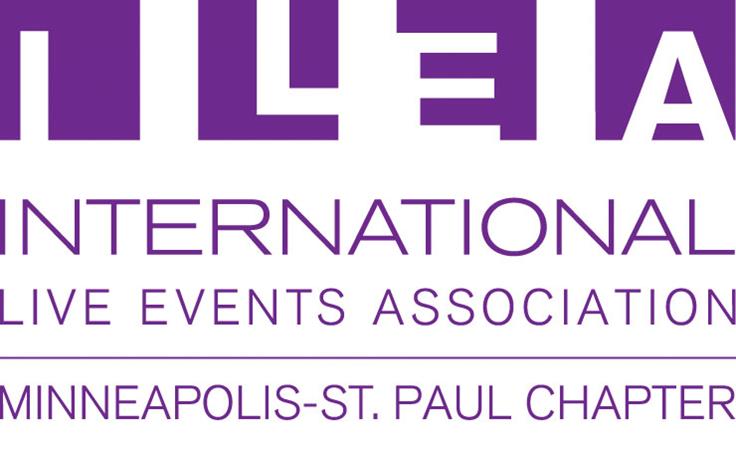Creator of digital platform meetingpages complete event planning directory and resource delivering leads and national, regional and local exposure for event venues, suppliers and destinations in MN, WI, IA & CO markets. In her free time, this 19 year industry veteran enjoys dance, group fitness, and training her young golden retriever dog in competition obedience and confirmation.
Mastering Hybrid Events – Your Guide to Planning an Effective Experience
Hybrid events have rapidly evolved from a temporary solution to a powerful, permanent strategy for engaging diverse audiences. By combining in-person and virtual experiences, planners can extend reach, boost ROI, and create inclusive, flexible programming. But mastering this dual format takes more than good intentions — it demands thoughtful planning, strategic technology, and a deep understanding of both attendee types.
We asked industry experts how to make your next hybrid event not just functional, but phenomenal. Here’s your go-to guide:
1. Define Your “Why” – Then Build Around It
“Hybrid events shouldn’t be hybrid for the sake of it,” says Jenna Moreno, CMP, virtual event strategist. “Start by identifying your event’s core objectives. Are you aiming to increase attendance, drive more leads, reduce travel barriers, or enhance content access?”
Let your goals drive your format. Once you define success, you can tailor your agenda, tech stack, and engagement strategy accordingly.
2. Design for Two Audiences — Equally
One of the biggest mistakes planners make? Prioritizing the in-person experience while tacking on a virtual option. Successful hybrid events offer a seamless, intentional experience for both audiences.
Use dual MCs or moderators to represent each audience. Offer synchronized content with breaks and interactivity built in. Assign digital “concierges” or virtual emcees to keep remote attendees engaged.
3. Rethink Engagement—It’s Not One-Size-Fits-All
Virtual attendees don’t just want to watch — they want to participate. Polls, live Q&A, gamification, and chat threads can bring your online experience to life. In-person guests, meanwhile, still crave meaningful, tech-enabled ways to connect.
Incorporate live polling across both audiences. Use mobile apps or platforms that let attendees connect regardless of location. Schedule cross-audience breakout rooms or discussion boards.
4. Choose the Right Technology (And Have a Backup Plan)
The right tech platform is the backbone of any hybrid event. But more important than bells and whistles? Reliability, integration, and user-friendliness.
Checklist for Planners:
- Streaming quality and redundancy
- Real-time support options
- Custom branding and analytics
- Accessibility features
Always have a contingency plan. “Tech hiccups happen,” says Moreno. “But with proper rehearsals and backup streams, your team can respond without missing a beat.”
5. Measure What Matters
Hybrid events offer rich data — if you know where to look. Track engagement, session attendance, dwell times, and feedback from both live and virtual participants.
Compare metrics across audiences to identify drop-offs or high-performing sessions. Use surveys tailored to each group’s experience. Repurpose recordings into evergreen content to boost post-event ROI.
The Bottom Line
Hybrid events are here to stay, and when done right, they offer the best of both worlds: connection and convenience, reach and resonance. With strategic planning, thoughtful design, and the right tools, you can create an experience that doesn’t just work — it wows.
Want more insights like this? Connect with planners, venues, and suppliers who understand the hybrid landscape at Meetingpages.com. Because mastering your next event starts with having the right partners in your corner.










